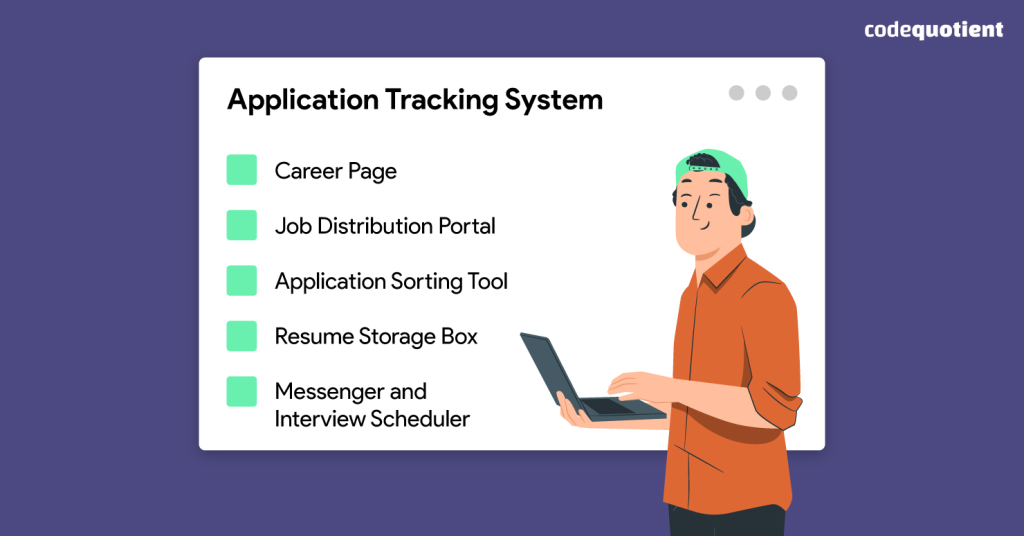Applicant Monitoring Techniques (ATS) represent a pivotal aspect in contemporary recruitment methods, revolutionizing the way organizations manage their skill acquisition process. These programs become a centralized centre, streamlining the choosing workflow by automating the storage, tracking, and analysis of choice data. By leveraging sophisticated methods and functionalities, ATS solutions allow recruiters and HR professionals to manage applications, screen individuals, and oversee the employing direction efficiently.
At the key of ATS operation lies its capacity to gather and manage vast levels of applicant data. Resumes, cover words, application forms, and prospect communications are collated into a comprehensive repository, giving recruiters comfortable access to candidate information. That organized repository not merely simplifies the initial testing method but also facilitates compliance with hiring rules by saving applicant knowledge solidly and confidentially.
The automation functions within applicant checking techniques considerably lower guide jobs and paperwork typically related to recruitment. From posting work spaces on multiple platforms to pre-screening candidates centered on predefined conditions, ATS tools increase the recruiting cycle. Automated mail responses, interview arrangement, and even choice assessments improve the choosing method, enabling recruiters to focus more on participating with top-tier candidates.
In addition to controlling applicant information, ATS platforms usually incorporate analytics and confirming capabilities. These characteristics give useful ideas into hiring metrics, supplying a extensive breakdown of the selecting process’s effectiveness. Recruiters may monitor metrics such as time-to-hire, supply of hires, applicant age, and the effectiveness of various work postings, allowing data-driven decision-making to refine and improve recruitment strategies.
The integration of artificial intelligence (AI) and device learning further improves the functions of modern applicant monitoring systems. AI-powered ATS alternatives can smartly fit prospect pages with work demands, increasing the reliability of candidate screening. Natural language running (NLP) features within ATS permit more detailed keyword analysis, ensuring greater candidate-job match and minimizing opinion in the choice process.
Convenience and collaboration are critical strengths of applicant tracking systems. These programs help seamless collaboration among selecting teams, enabling numerous stakeholders to review candidate profiles, leave feedback, and communicate within the system. Cloud-based ATS alternatives increase accessibility, permitting recruiters to handle the hiring process remotely, facilitating cooperation across diverse teams and locations.
While ATS techniques offer numerous advantages, their usefulness handles on proper implementation and customization. Agencies must arrange these techniques to arrange with their special hiring processes and certain needs. Satisfactory training for HR personnel on Applicant Tracking the system’s functions optimally can also be important to increase the system’s potential and guarantee a smooth change into their usage.

In summary, applicant checking programs offer as essential instruments in the hiring strategy of modern organizations. Their ability to streamline and automate hiring procedures, increase candidate experience, and offer useful analytics considerably impacts recruiting effectiveness and effectiveness. As the landscape of ability acquisition evolves, ATS systems continue to evolve, permitting businesses to stay agile and aggressive in sourcing and getting prime talent.
